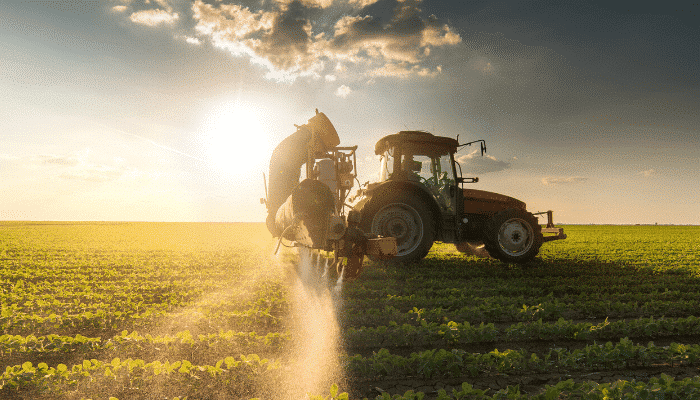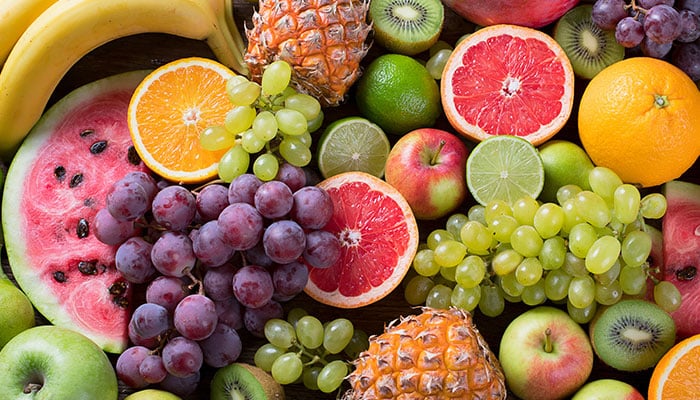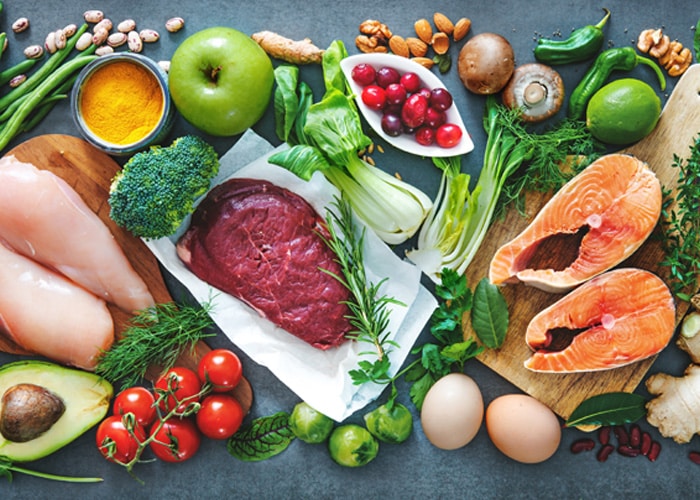
Article réservé aux abonnés


EFSA has just published its report for 2022 on pesticide residues in food.
Results of monitoring programmes (EU multi-annual coordinated monitoring programme (MACP) + national programmes)
A total of 110,829 samples were analysed, ¼ more than in 2021, and 754 pesticides and metabolites were tested.
- 96.3% of the samples analysed complied with the MRLs, 59% of which were free of quantifiable residues.
- 3.7% of samples exceeded MRLs (2.2% were deemed non-compliant due to measurement uncertainty).
Of the 99,929 raw product samples analysed :
- 3.7% exceeded the MRL.
- 2.2% were non-compliant, taking into account measurement uncertainty.
- Basil and edible flowers, passion fruit/maracujas, buckwheat and other pseudo-cereals, chillies, okra, sheep's liver, cassava roots and pomegranates were the most non-compliant.
For processed products, out of the 9,117 samples analysed :
- 3.7% exceeded the MRL.
- 2.3% were non-compliant, taking into account measurement uncertainty.
- Vine leaves (canned, salted), dried cumin seeds, dried parsley, dried wild mushrooms, basil and edible flowers were the most non-compliant.
Of the 1,783 samples analysed for BBF products :
- 80.8% free of quantifiable residues.
- 15.1% contained residues that were quantified but below the MRL.
- 4.2% were non-compliant (quantifications above the MRL).
- 0.8% were non-compliant, taking into account the measurement uncertainty.
The substance most frequently found to exceed MRLs was copper.
As regards organic products, out of the 6,717 samples analysed :
- 79% free of quantifiable residues.
- 18.6% contained residues that were quantified but below the MRL.
- 2.4% were non-compliant (quantifications above the MRL).
- 1.4% were non-compliant, taking into account measurement uncertainty.
With regard to products of animal origin, out of the 23,377 samples analysed :
- 92.4% free of quantifiable residues.
- 6.6% contained residues that were quantified but below the MRL.
- 1% were non-compliant (quantifications above the MRL).
- 0.6% were non-compliant, taking into account the measurement uncertainty.
The substances most frequently quantified were copper compounds, chlordecone and BACs and DDACs.
Of the 1,272 samples analysed for honey and beekeeping products :
- 84.7% free of quantifiable residues.
- 11.6% contained residues that were quantified but below the MRL.
- 3.6% contained quantified residues in excess of the MRL.
- 2.2% were non-compliant, taking into account measurement uncertainty.
The substances found most frequently in the samples were acetamiprid, thiacloprid and amitraz.
Results of the EU's multi-annual coordinated monitoring programme (MACP)
A total of 11,727 samples were analysed and 193 pesticides were found in 12 food products (apples, strawberries, peaches, wine (red and white), lettuce, head cabbage, tomatoes, spinach, oats, barley, cow's milk and pork fat).
- 98.4% of the samples analysed complied with the MRLs, including 51.4% with no quantifiable residues.
- 1.6% of samples exceeded MRLs (0.9% were deemed non-compliant due to measurement uncertainty).
The matrices where the rate of multiple residues was greater than 10% were apples (18.6%), strawberries (17.5%), peaches (16.9%), tomatoes (14.2%) and lettuces (12.4%). The highest frequency of multiple residues was found in tomatoes (16 different pesticides quantified), followed by strawberries (15 different pesticides quantified) and red wine (14 different pesticides quantified).
Among the samples grown in the EU, the most frequently reported matrix/pesticide combinations were: spinach/dithiocarbamates, tomatoes/chlorfenapyr, lettuce/thiophanate-methyl and barley/prochloraz.
Among the samples grown outside the EU, the most commonly reported matrix/pesticide combinations were: tomatoes/chlorfenapyr (Morocco), tomatoes/chlorothalonil (Turkey), tomatoes/chlorpyrifos-methyl (Turkey), apples/diflubenzuron (Moldova), apples/propargite (Ukraine), barley/fosetyl (UK), tomatoes/buprofezin (Turkey), tomatoes/chlormequat-chloride (Turkey) and cabbages/pyridaben (Turkey).
The detailed results of



